SummaryAirport Rating ***** Reception of locals ***** Cost: £££
Rio was the last stop on my travels from the Pacific to the Atlantic Ocean, and in many respects it was a case of saving the best for last. Now in terms of adventure, it wasn't going to compete with climbing a mountain in Peru or exploring Machu Picchu, nor was it going to compete with the sight of the salt flats in Bolivia, but in terms of experience, this city not only lived up to, but exceeded my high expectations. With Brazil the centre of the sporting world hosting both the FIFA World Cup and Summer Olympics in quick succession, you can tell as soon as you land the large re-development programmes being undertaken. I landed in a terminal that was not even fully completed, with advertisements for the Olympics everywhere. I jumped into a taxi, and after the relatively orderliness of Santiago, it was back onto manic roads as soon as we left the airport. Again the modernisation programme was in full swing, although this time less positive. As I drove along the main highway from the airport to the Copacabana, I noticed large opaque blocks along the road. It took me a few minutes to realise that behind these blocks were favela's that were basically being hidden from public view. Big city feelI arrived in the early evening which gave me enough time to have a stroll down the Copacabana and get a feel for my surroundings. The beach and surrounding strip were all very lively but the heat was borderline unbearable, even with the sun beginning to set. In some respects I found Rio similar to Bangkok. The hot, humid weather, wealth of activities, lively atmosphere and gridlocked vehicles were all a throwback to my time in the Thai capital, but in other respects it was very different, with the beaches and samba vibe quite different. As soon as I had checked into my hotel I was given a list of tours and excursions with prices, but after heading out, I spoke with a guy who had a banner advertising tours and it turned out he was doing the exact same one advertised by the hotel, but two thirds of the price, so I signed up. The day tour would take me around the key tourist attractions of the city and pick me up from my hotel the next morning. Before heading back I decided to stop for food. Food is fairly priced, cheaper than England, although more expensive than other parts of South America. A very nice meal cost about GBP 15 which is perhaps half of what it would cost back home in the UK. I had an early start the next morning as I jumped into a minibus and joined a day tour. With me was a Canadian family who I got very friendly with, a father and daughter from the States who I also interacted with a fair bit, a Portuguese couple and an Argentinian couple (who went out their way to tell me they didn't hate England). We first headed for Sugarloaf mountain. Standing at almost 400m high, the granite mountain is quite the sight and you can reach the summit through a series of journeys by cable cars. Sugarloaf MountainThe cable cars stop at a couple of different levels, allowing you to explore the mountain and take in the views of Rio from a number of different angles. Although it was only 9:30 in the morning, the sun was already extremely hot and pretty much everyone was sweating. Lima, Machu Picchu, San Pedro de Atacama were all hot, but this was definitely another level beyond that. I half expected Frodo to turn up and just start the throwing the one ring into the Brazilian air to destroy it. The cable cars run every 20 minutes between the peaks and we spent 20 minutes at the first peak called Pao de Acucar, and then 40 minutes at the next peak, Morro de Urca, before repeating the process on the way down. As expected, the mountain was extremely busy with tourists, but this didn't take away from the experience. It was amazing watching different parts of Rio as we ascended in the glass cable cars and then seeing a great panoramic view of the city from the top. There is a small museum on the mountain that describes the history of the mountain, how it got its name and the history of the cable cars. Portuguese sailors in the 16th century had given the mountain its famous name as they thought it resembled the blocks of sugar that they were transporting back to Europe. The cable cars, meanwhile, were designed by Germans in the early 20th century, and until about 30 years ago, the cars were all wooden. On the way back down, we stood over the mountainside directly in front of a flight path of planes landing in Rio. It was surreal seeing planes fly right in front of you as they circled for landing, its quite unlike anything I have seen before. Sugarloaf mountain is definitely something I would recommend to anyone visiting Rio. Christ the RedeemerNext we headed to Mount Corcovado, and the famous Cristo Redentor. The early morning traffic made what was supposed to be a relatively short journey quite long, and the fumes of the vehicles mixed with the heat made it feel that little bit longer. Mount Corcovado is 710m high, and famed for the Christ the Redeemer statue situated on its summit. The statue is synonymous with Rio, and is one of the 7 Wonders of the Modern World. Due to my love of football, every time Brazil is mentioned (which in the footballing world is alot), the statue is always shown and its something that I had wanted to see for a long time. The thing about building something up in your head is that many times it is a let down. We first drove our minibus up the side of the mountain, driving initially past a favela and then straight into a very rich neighbourhood. I was surprised how close the two were, in fact there is a private school that is literally one corner away from the start of the favela and the tour guide informed us that during pick-up/drop-off times, there is always a police presence to watch the children. We continued the make our way up the mountain until we reached a small car park. In order to avoid pollution from old vehicles, the only way to reach the top is in specially designed minibuses and so we transferred onto the new buses and continued our ascent. We were finally dropped off, not far from the summit and entered through some turnstiles into the main area. From here you can either climb up or get a lift. I decided to climb up to get a full flavour of the mountain. The climb is relatively short and after a few corners I caught my first glimpse of Cristo Redentor and for a split second I actually had to catch my breath, This was definitely not going to be a letdown. Standing at over 30m, the statue was completed in 1931 and is designed to be a symbol of peace. It is absolutely stunning. It looks amazing from afar as you can see it from many different parts of the city, in fact it looks especially beautiful at night when it is lit up, but close up it is something else. I didn't appreciate the scale and size of the statue until I was close up. The area around the statue is extremely crowded, more so than any other place I had been to and everyone is trying to get the perfect picture. Unlike other places, I didn't find it annoying here as it created a buzz and excitement in the air which was quite special. The view from the top of the mountain of Rio is also very impressive, especially when I looked out and saw the Maracana in the distance. Walking around the statue, I saw stalls selling replica's of the statue and gold pendents which I wasn't a big fan of, but at the back I saw a chapel which surprised me but made me happy. It's all fine and well having a statue of Jesus, but if all you are going to do is have people turn up take pictures and walk away, it kind of loses its message. The presence of the chapel was a welcome sight and I had walked in during a ceremony. There were signs saying no photos, however, unlike Thailand where this is strictly enforced, here everyone was taking pictures with no one really saying anything. The ceremony that started in the chapel soon made its way to the front of the statue, the crowd growing larger and singing until they reached the front of the statue. The crowd then began praying loudly and singing, holding hands. I watched the scene unfold from a distance, completely amazed. It all looked very surreal. Rio de Janeiro CathedralWe then headed back toward the Copacabana for lunch. We went to a buffet restaurant where the food was both tasty and incredibly cheap, however, mid way through our food, the entire restaurant lost both its power and back up power. The whole place was plunged into darkness with a bit of light coming in from the street. After realising that the situation wasn't going to be resolved any time soon, the diners in the busy restaurant continued eating. The waiters provided lights by using the torches on their phones which I thought was pretty funny. After lunch we headed to the Rio de Janeiro Cathedral (de Sao Sebastiao). From the outside, the cathedral is shaped to be similar to Mayan pyramids, however the 1960's design isn't that nice to look at, and I have never been a fan of architecture from the period. Inside, however, is a completely different story. I was mesmerised by the style, captivated by the different colours. This place was definitely something special. The stained glass windows are an incredible 64m high and its not hard to see why the building has hosted the visit of two different Popes. LapaWe ended the day with a visit to Lapa, Brazil's equivalent to the Bellavista area that I had visited in Santiago. Full of arts and culture, there was a nice youthful feel about the place. We spent most of our time at the famous Escadaria Selaron, or the Selaron Steps. The stairs were designed by Chilean artist, Jorge Selaran, and his origins are reflected in the red tiling used to decorate the walls on the sides of the stairs. The steps themselves are covered in more traditional Brazilian colours. All around the side are smaller tiles added by tourists and are completely fascinating. I saw tiles with the badges of Inter Milan and Celtic, as well as cities such as London, Madrid and Amsterdam. There are 215 stairs in total although the vibrant colours make the stairs look even longer. NightlifeIt was a long but enjoyable day and the perfect way to explore the main sights of Rio. There are tours that are longer and take in even more sights, or conversely, you can also purchase half day tours, depending on how much time and money you have. In the evening I returned to the Copacabana, and as with the night before I took a late night stroll along the beach. As soon as the sun goes down, the sports enthusiasts come out. Floodlights light the beach as beach footballers, volleyball players and runners all use the cooler night air to do their exercises or play their sports. There is something so strange about watching a full beach in the dark of the night, but that is what makes this city special, it really doesn't sleep. Its not just the footballers that come out at night though, the crazy's are also out in force. "English man!!", I looked around as this tall, slim local ran over to me. "You from Newcastle?". Out of all the places he could have named, Newcastle?? I mean its a great city, just not the usual go to city when you speak about England. "English man, tonight you will have sex massage with the nice Brazilian girls, follow me". I burst out laughing, "thats not me", I replied. He asked me why not, and I replied, the day I pay for sex is the day my life has gone completely wrong. We got to talking a bit and he was a nice guy generally, other than the sex obsession, but I understood he had a job to do and respected it. I don't really like staying in one places for a long time, I get bored very easily. During a trip to Ibiza, I got extremely restless when people wanted to sun bathe, but after a long trip, I decided spending a day at the beach might not be a bad shout, so the next day I headed out to the Copacabana in the early morning, with the goal of lying back and relaxing. I got a deckchair, an umbrella, a cold drink and sat down. It was nice and relaxing, for about 25 minutes before I began to get restless again. BeachesI decided that I would walk the length of the Copacabana, on the beach, The sand is very hot, but walking near the edge of the Ocean makes the walk quite comfortable. Different area's of the beach have stronger or weaker waves, so even though I was walking in a straight line, sometimes the water from the waves wouldn't even touch my foot, at other times it would rise towards my waist. I had to take my phone and wallet out of my pocket and into my bag after a couple of waves breached the shorts pocket line. Even though I had put a lot of suncream on, the sun was absolutely destroying one side of my face during the walk, I felt like 2-face from the Batman series, but the cool water from the Ocean would quickly soothe me. The entire walk down the length of the beach took just over 30 minutes, and after I finished, I decided to continue, walking along Ipanema. The area around Ipanema has some high end shops, although the beach isn't quite as large, or busy, as the Copacabana. After walking for around an hour I turned back and decided to take the reverse route through the back streets. The streets behind the beach are much cooler due to the buildings that block out a lot of the sun. I made the most of it, chasing the shade like a vampire. Shops range from small gift shops, to clothes shops, restaurants and supermarkets. As I had done in Lima, I used an app to connect me to local people and on returning to my hotel I had received a message from a uni student who told me she would show me around her university. After taking a quick shower, I headed toward the Rio Sul shopping centre where we agreed to meet. The walk was about 25 minutes long, taking me through a tunnel where traffic was racing by. It felt like I was in a room full of chain smokers with no escape as I reached the midpoint of the tunnel and I was grateful to enter the air conditioned shopping centre. The mall was quite large and spread over 4 floors, with the local student waiting on the top floor. After exchanging the dreaded small talk we headed toward her university. She told me she was originally from Sao Paulo and had moved to Rio to study International Relations. We headed to a campus of the Federal University of Rio de Janeiro where her halls of residence and lectures were. The university was filled with students, all either going to or returning from their lectures. The buildings on this particular campus were quite old although it was very much the equivalent of a city centre campus, with little greenery but a lot of buildings. The economics building was particularly special having been built during the Portuguese colonial reign. The building was very old, and although it was great to look at from a tourist perspective, I was amazed to see it still being used as a place of study. The FavelaWe walked around the university grounds and her halls for a while and she was a great tour guide, very knowledgable, although her experience of Rio hadn't been great. It was a great way of seeing something I otherwise would not have had a chance to see and also get some insight from someone actually studying at that university. On the way back home I was stopped by a man who asked if I wanted to see a favela. The last time a random stopped me in the street asking if I wanted to see a different part of the city, I had one of the best days of my trip to Vietnam, although I was aware that a favela was a completely different beast. I said yes and he told me he would pick me up the next day from wherever I was staying. The next morning came and on schedule this large Brazilian man was waiting for me outside the hotel. He took me to his 4x4 where a driver was waiting and said we were going to pick up two more people. With no air conditioning in the car, I felt the full force of the heat and traffic in Rio during the next few hours. I'm pretty sure the driver also had severe anger management issues, We headed to Rocinha, the largest favela in Brazil with 70,000 people living there. Although the official number is 70k, I was told the actual number was probably closer to a quarter of a million residents. The favela is famous for the 2011 police and military operation that occurred when hundreds of navy commandos entered the favela to crack down on large scale drug dealing. It's not easy to put into words what I saw, it is basically a city within a city with its own way of life, removed from the every day lives of those located in other parts of Rio. On entering the favela, the houses built, almost on top of each other, reminded me of the poor neighbourhood at the top of Cusco. This however, was on a completely different scale. We took a path into the heart of the favela, The dwellings are built so close, I could see into everyones houses, people sitting watching TV in their living rooms or cooking food in their kitchen. Overhead electrical wires were tangled and what seemed like hundreds of different wires would converge into one electrical pylon. The alleyways between the houses were dark, damp and narrow, with the steepness of all the paths in the favela something that really stood out. This seemed like a young favela with teenagers and kids almost everywhere. I was beginning to really enjoy the feel until the sound of gunfire in the distance made the whole group remember exactly where we were. The guide tried to play it off by dancing and shouting Brazil, but we were deep in the heart of a favela and this was our reminder. We continued our walk into the main street of the favela. Chickens running around loose in the street reminded me of the film 'City of God' but there were so many things happening at once it was hard to keep track. We went into a shop that sold traditional medicine and the guy behind the counter was singing and dancing, playing guitar and having a great time. He gave us all a dark shot of liquid. I took the liquid in one gulp, it was very bitter and sharp. I asked what it was, I didn't understand the response, but I did understand the hand gesture. I'd just taken liquid viagra. I asked to see the bottle to see exactly why it tasted so harsh, so he showed me. The liquid was in an old water bottle. I guess it was a good thing that some of these traditional medicines are not modern for a reason, because other than a painful oesophagus I didn't actually get any other side effects. Some of the residents in the favela looked quite friendly, others didn't seem so happy to see us. Unsurprisingly, there weren't too many tourists so sometimes people would stop and stare, but it never really felt unsafe. The narrow streets of the favela mean there are no taxi cabs, instead, the taxi's are small motorcycles. There are also no numbers on houses, so all mail is dropped off on the side of the street, and residents come and pick up their mail when they are ready. Everywhere I looked there was barbecued food and the strong smell added to the atmosphere of the place. It felt like a shame when we had to leave after 3 hours of walking around. Rocinha is definitely not Rio, despite being within Rio. It feels like a community that's been alienated from the city, hidden away from the worlds eyes. The thing is, it exists and with almost a quarter of a million residents, its an important part of Rio adding to the fabric of the city. On telling the receptionist in the hotel where I was going, I was strongly warned against it, perhaps being with a guide helped, but I didn't feel unsafe at any point of the trip, even with the crack of gunfire at one point.
After leaving the favela I went to the polar opposite, back into Ipanema watching hang gliders fly their way across the Rio sky and land on the beach behind me. Unlike other beaches I have been to, beaches in Rio aren't filled with muscly guys, in fact most people just looked very normal. And despite the stereotypes, so did the girls. I liked that. It was very relaxing and comforting, these are just guys going about their everyday lives and other than the odd one or two, aren't there to impress or show off. It was one of my favourite aspects of the city. There is a lot to do in Rio, and after four days, I felt I had only scratched the surface. I was happy that I had got to see some of the main attractions, the only disappointing part was one of my most anticipated sights, the Maracana was closed as it was being refurbished for the Olympics. I still went outside, just to have a look around the perimeter, but it was gutting not being able to do the stadium tour. The city itself is fun, relaxed and very lively, It's one of those few places that is able to exceed already sky high expectations and to do it in style. There are attitudes that will need changing, especially with regards to the poorer sections of society, however, things are changing with Brazil's entrance to the world stage, and Rio is leading the way. Comments are closed.
|
AuthorBritish Sikh, born in the Midlands, based in London, travelling the world seeing new cultures. Categories
All
|
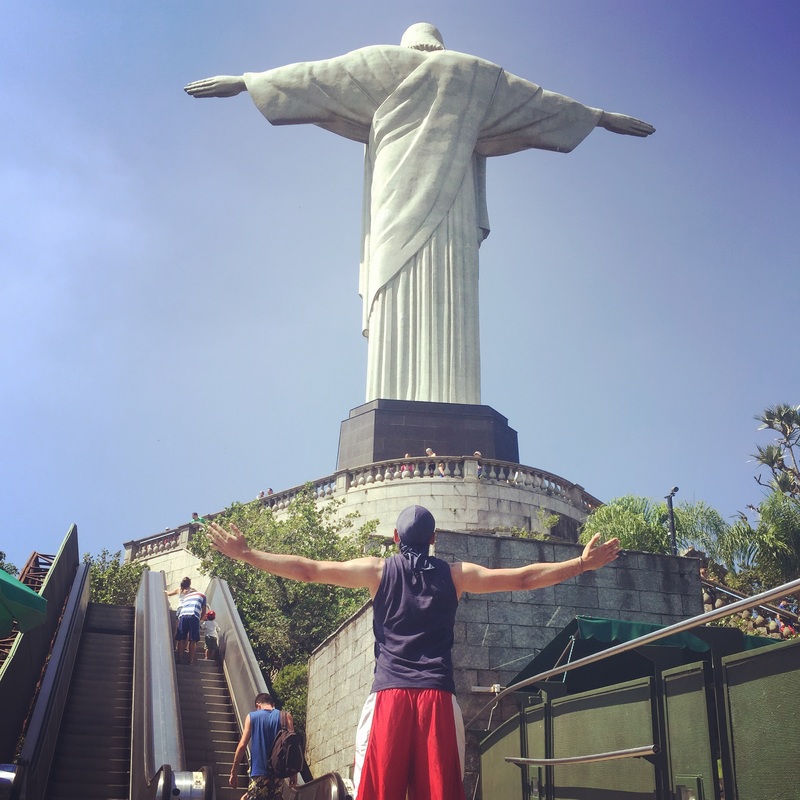

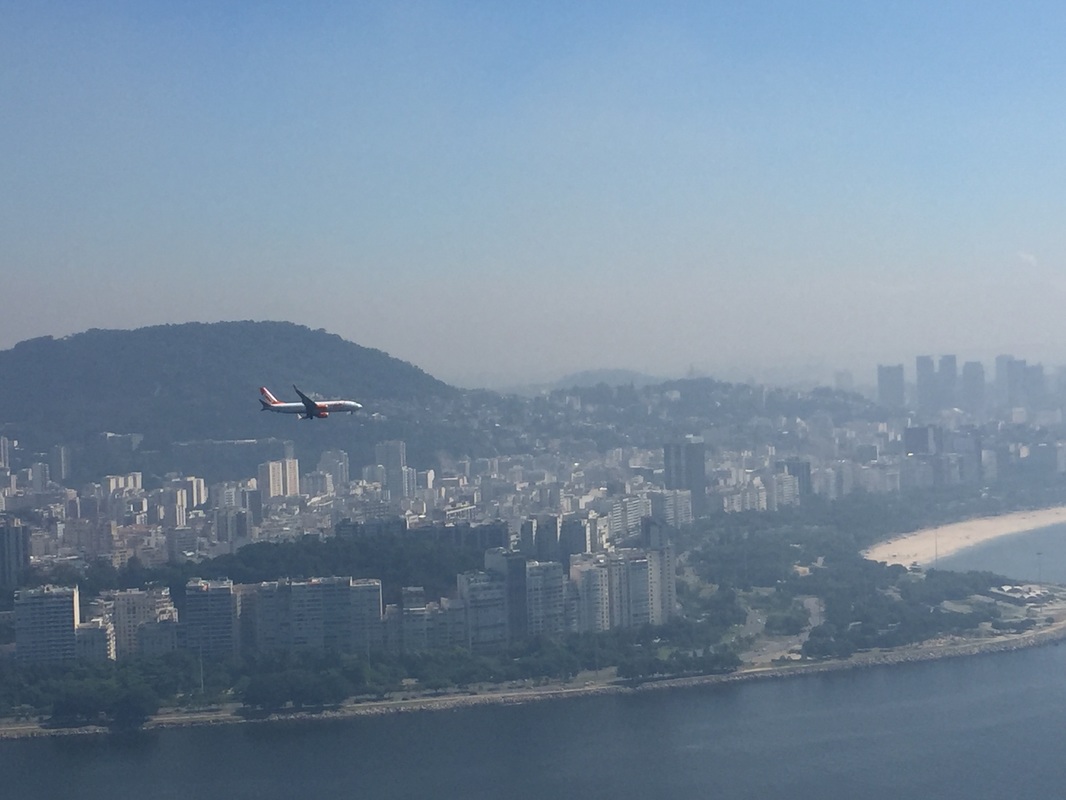
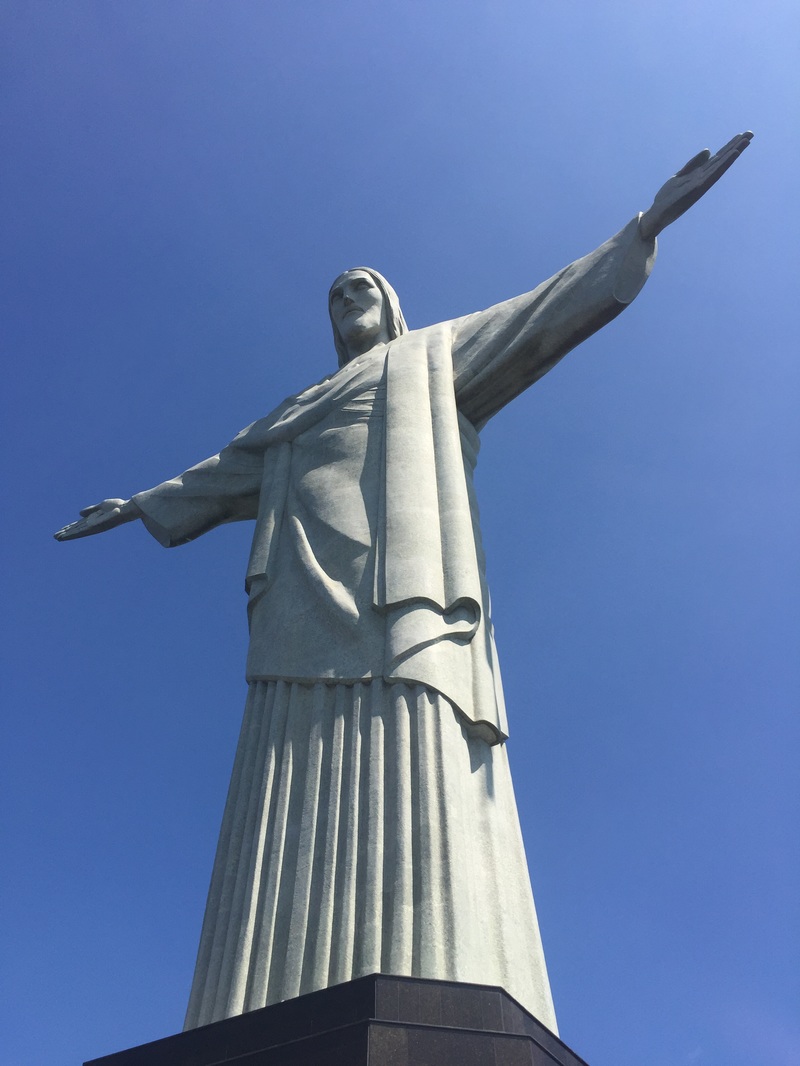
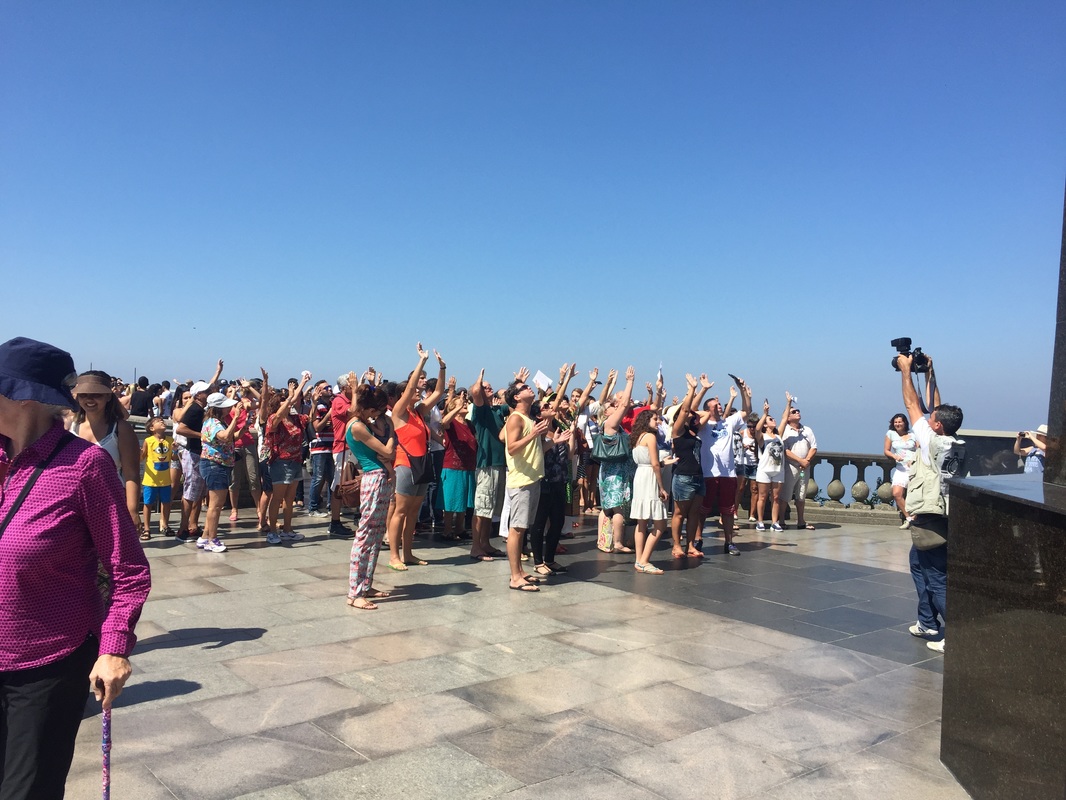

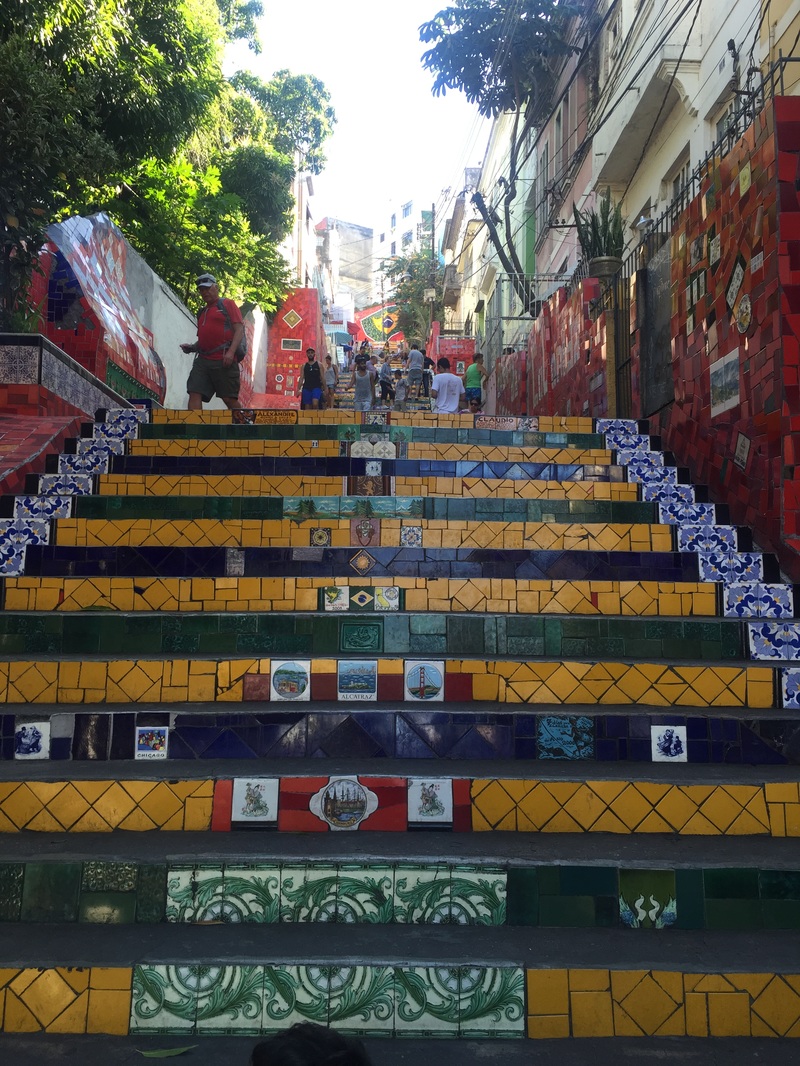


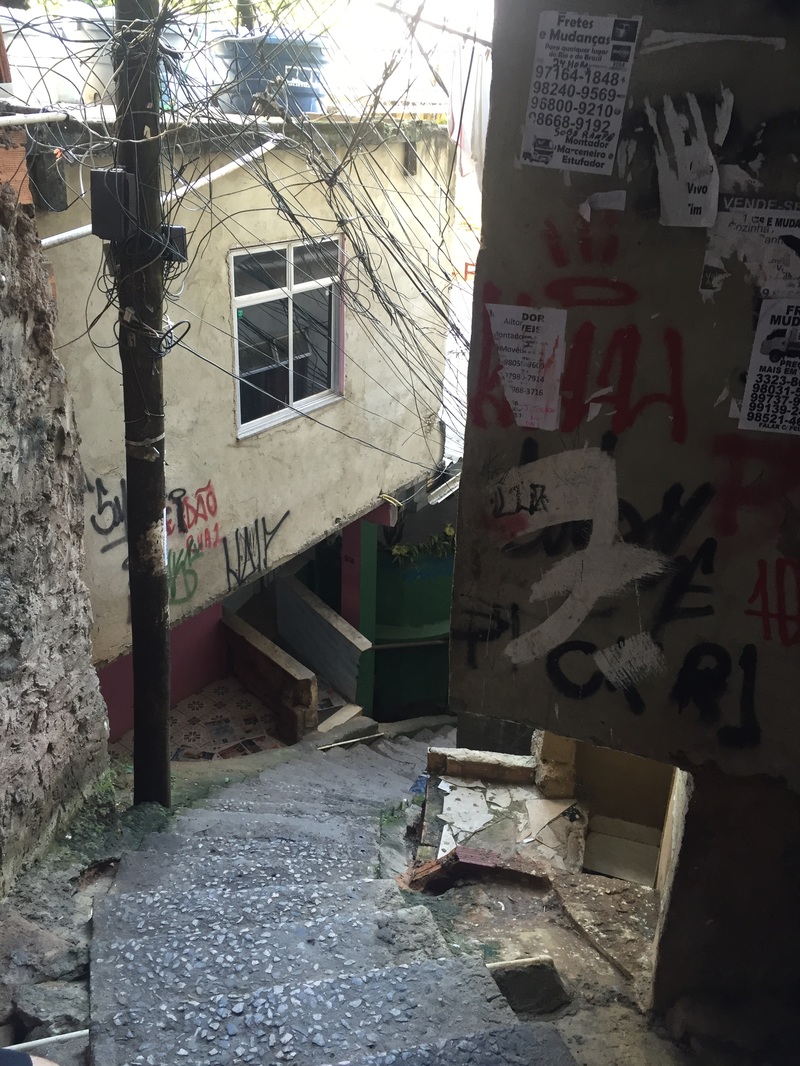

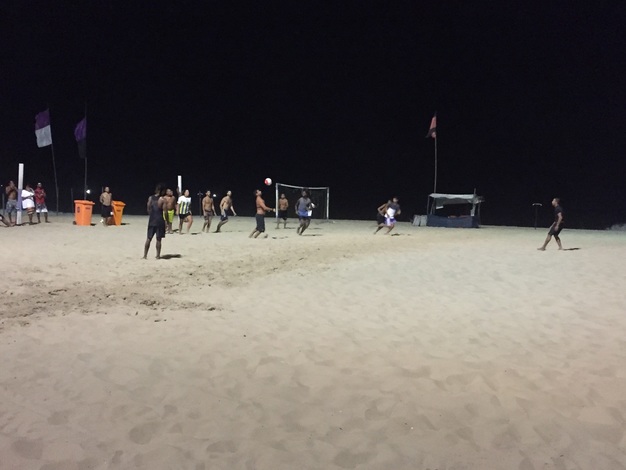

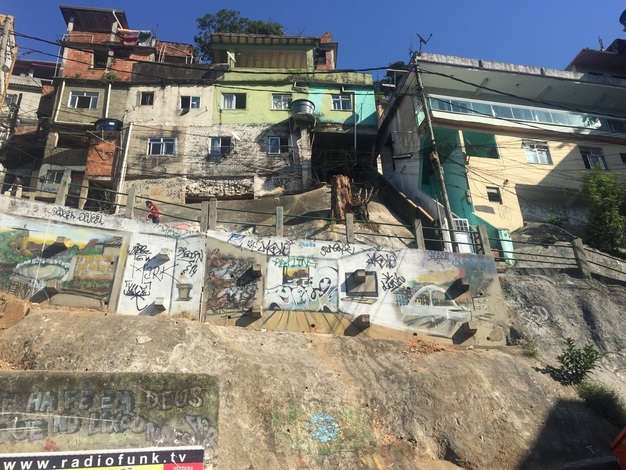
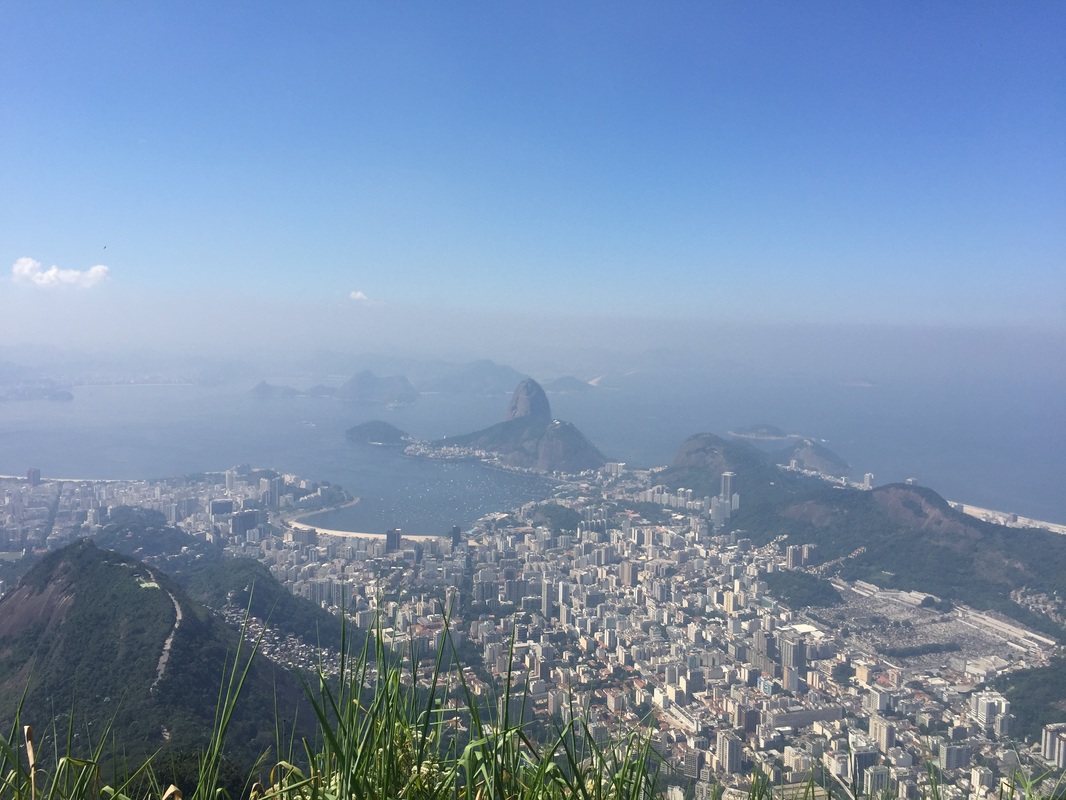

 RSS Feed
RSS Feed